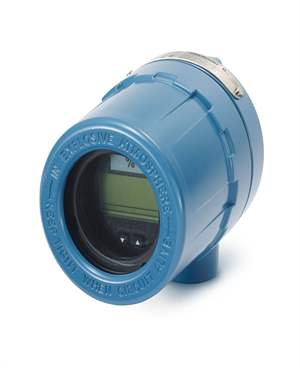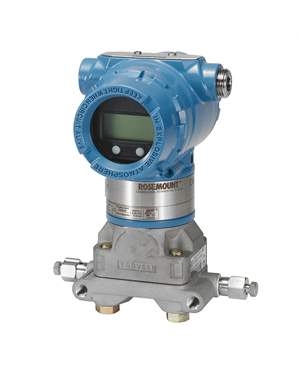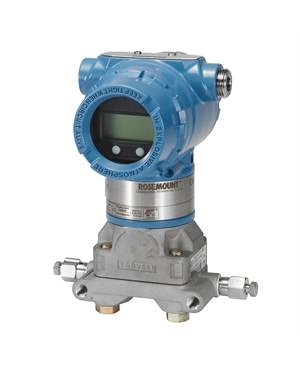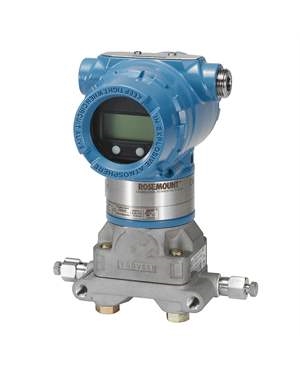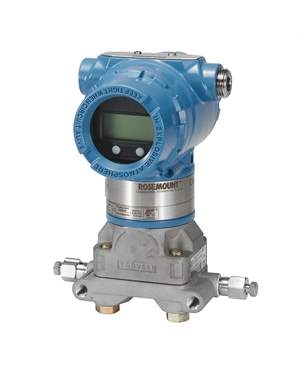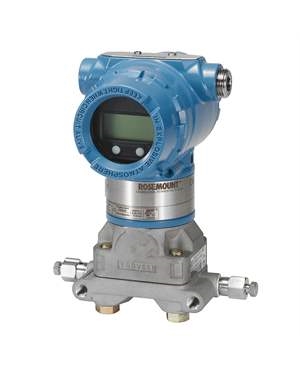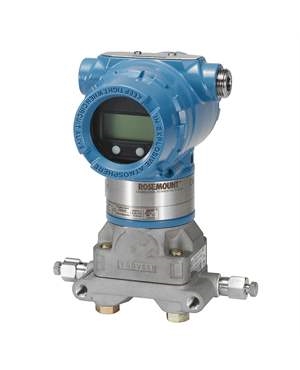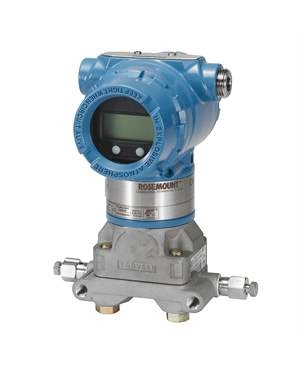Radar Level Transmitters: Setup and Working Principle
Brian Craig
May 28, 2020
Radar level transmitters electronic devices that are used for fluid level measurement. As the name suggests, these level transmitters use radar technology for fluid level detection. These transmitters function on the basis of electromagnetic waves at a range of 10GHz under microwave X-band bandwidth. Due to non-contact level measurement, these level transmitters have found their place in industries like mining, boiler technologies, paper and pulp industries, etc. How do these transmitters work? Why they have gained prominence in various industries? This is a two-part blog answer everything that you would like to know about these transmitters.
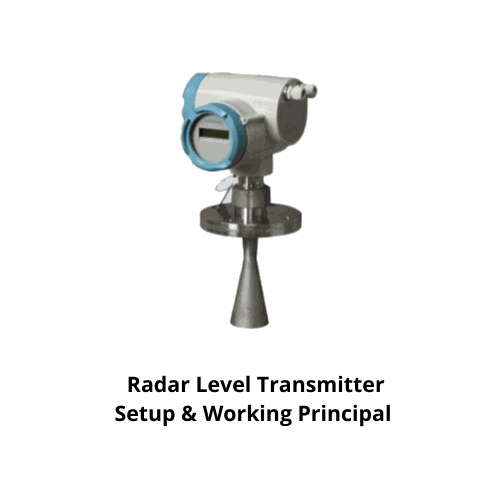
Radar Level Transmitter Setup
Instead of directly jumping to the working principle of radar level transmitters, it is important to understand the set up first. Let us discuss the components and assembly setup of a radar level transmitter.
The setup of radar lever transmitters is not complex rather easy to understand. It only features three fundamental components, which are as discussed below.
Solid-state Oscillator:
A solid-state oscillator functions as an electromagnetic signal transmitter. The solid-state oscillator sends out electromagnetic waves in the direction of fluid surface in order to measure the depth or level of fluid without any physical contact.
A radar Antenna:
The radar antenna in this system works as a transducer between the empty space in the fluid container and the electromagnetic signal sources or receivers. The antenna receives the process signals and transfers them to the receiver.
Receiver and Signal Processor System:
The receiver is a hardware microprocessor that converts the received signal into a reading. The signal processor performs the computer data conversion to digital readings.
Along with these three fundamental setup components of the radar level transmitters, the setup wizard is offered with advanced systems. This setup wizard support acts as a software interface to the transmitter operation. It makes the remote operation possible.
The working of radar level transmitters is based on these three setup components.
Working Principle of Radar Level Transmitters
The working principle of radar fluid lever transmitters is a function of Time Domain Reflectometry (TDR). It is also known as the Time of Flight (TOF) radar measuring principle. However, the step-by-step description of the radar level detector’s working principle is as follows.
- Since these transmitters are used as level sensors itself, it can be said that the electromagnetic signals are sent from the sensor. The solid-state oscillator that is installed in radar level sensor setup oscillates electromagnetic waves to the fluid surface. The distance can be measured considering oscillator as a reference point and fluid surface as the destination.
- Once electromagnetic waves hit a fluid surface, the surface itself reflects a pulsating signal to the radar antenna. The antenna transmits the signal to the receiver. As the receiver collects the signal returning pulse reflection, the time taken for reflection is calculated.
- The time to level calculation is performed by the signal processor. Once the signal processor translates reflection time into distance traveled that is considered as the depth of the fluid according to Time Domain Reflectometry.
This is the overall working principle of radar level detector sensors but the factors like Dielectric Constant (DC) of the fluid impact on the working efficiency of the sensor. The pulse reflection is highly impacted by dialectic constant as high DC pulsates strong reflections where low DC fluid absorbs most signals.
Related Posts
- What are the Advantages of Different Types of Level Measurement Transmitters?
- Types of Level Measurement Transmitters & How Do They Work?
- How to Choose Between a Level Transmitter and Level Switch?
- Radar Level Transmitters: Setup and Working Principle
- Radar Level Transmitters: Types & Industrial Applications
- Radar Level Transmitter Vs Ultrasonic Level Transmitter – Know the Real Difference
- Know How Guided Wave Radar Level Transmitters Work
- Level Monitoring Solutions for Molten Metal Applications
- Industrial Instruments in Nuclear Power Plant Safety
- Steam Boiler Drum Level Measurement A Comparison of Control System Technologies
- Furnace Flame Sensor Faults Everything You Need to Know for Safe Operation
- Comparison between Multi Valve Manifolds Block Valves and Bleed Valves
- Understanding Electrochemical Detection: Principles, Techniques and Environmental Application
- How Can Greenhouse Gas Emissions Be Reduced?
- Furnace Flame Sensor Faults Everything You Need to Know for Safe Operation
- Understanding Electrochemical Detection: Principles, Techniques and Environmental Application
- How Can Greenhouse Gas Emissions Be Reduced?
- Pneumatic Pressure Controllers: A Safe Choice for Hazardous Areas
- A Practical Guide to Vacuum Measurement and Operation
QUICK ENQUIRY
